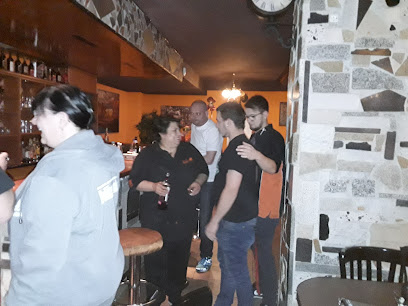
Unteres Tor: A Medieval Gateway to Weiden's Past
Explore the Unteres Tor in Weiden, a historic gate offering a glimpse into the city's medieval past and a perfect starting point for discovering the charm of the Oberpfalz region.
The Unteres Tor (Lower Gate) in Weiden in der Oberpfalz is a captivating historical landmark, marking the eastern entrance to the old city. Originally built around 1350 as part of Weiden's medieval fortifications, the gate has witnessed centuries of history, including significant damage during the Thirty Years' War. Rebuilt in 1635, it stands as a testament to the city's resilience. Today, the Unteres Tor provides a tangible link to Weiden's past, inviting visitors to step back in time and imagine life within the walled city. Located near the Schlörplatz, it's easily accessible and offers a picturesque glimpse into the region's rich heritage. The gate's sturdy structure and baroque-style roof make it a striking architectural feature, while its location provides a natural starting point for exploring the charming old town.
A brief summary to Unteres Tor (lower gate tower)
- Schlörpl. 1A, Weiden in der Oberpfalz, 92637, DE
Local tips
- Take a stroll around Schlörplatz, adjacent to the Unteres Tor, to soak in the atmosphere and enjoy local events.
- Combine your visit with a walk through Weiden's old town, exploring the Marktplatz and other historical sites.
- Check out the local legend about the devil and the Swedish army to add a mystical layer to your visit.
Getting There
-
Walking
From the Marktplatz in Weiden's city center, walk east along the Unterer Markt, passing the Mauermann fountain. Continue straight; the Unteres Tor will be directly ahead at the end of the street, marking the entrance to Schlörplatz.
-
Public Transport
If arriving by bus at the ZOB (Central Bus Station), walk southeast along Kurt-Schumacher-Allee, then turn left onto Bürgermeister-Prechtl-Straße. Continue until you reach Schlörplatz; the Unteres Tor will be on your right. Local bus lines also stop near the Marktplatz, a short walk from the gate. A single bus fare within Weiden is approximately €2-3.
-
Driving
If driving, approach the old town from the east. Note that the immediate area around the Unteres Tor is a pedestrian zone. The closest parking is available at the P1 parking garage on Friedrich-Ebert-Strasse or the parking area on Bürgermeister-Prechtl-Straße. Parking fees typically range from €0.90-1.20 per hour.
Discover more about Unteres Tor (lower gate tower)
Iconic landmarks you can’t miss
Unteres Tor (lower gate tower)
0.0 km
Explore the Unteres Tor in Weiden, a historic gate offering a glimpse into the city's medieval past and a perfect starting point for discovering the charm of the Oberpfalz region.
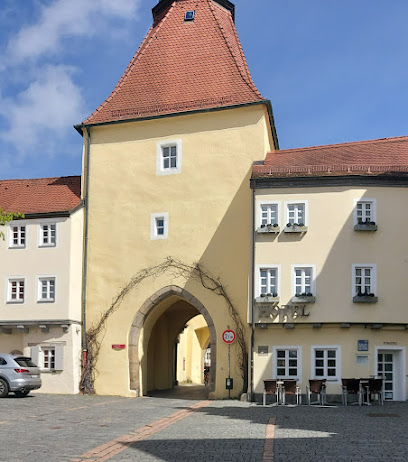
Felsenkeller
9.3 km
Explore the historical and cultural gem of Felsenkeller in Parkstein, offering breathtaking views and an enriching experience for every traveler.
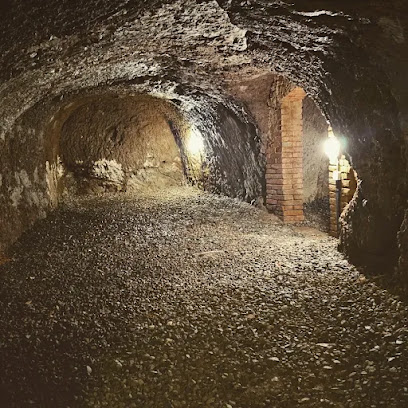
Burgstall Altneuhaus
17.5 km
Explore the enchanting ruins of Burgstall Altneuhaus in Falkenberg, a historical landmark offering serene landscapes and rich history.
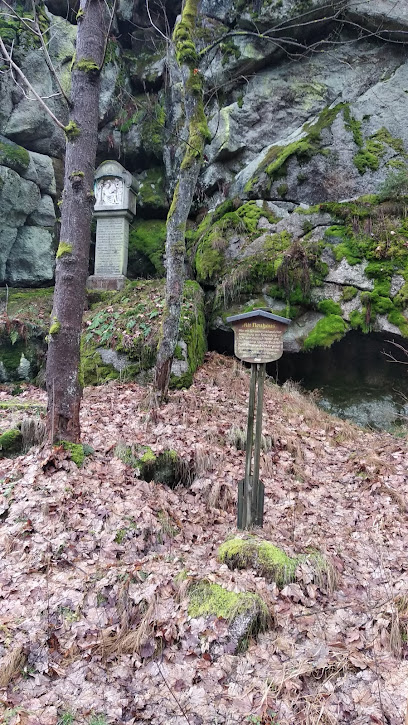
Hessenreuther Wald
20.3 km
Discover the serene beauty of Hessenreuther Wald, a national forest offering breathtaking landscapes and an escape into nature's tranquility.
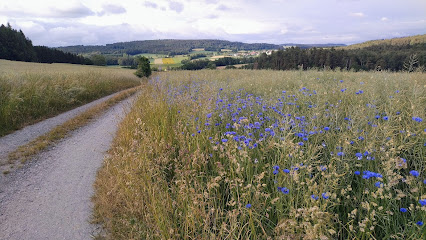
Falkenberg Castle
20.7 km
Explore the breathtaking Falkenberg Castle, a historical gem in Bavaria's Upper Palatinate Forest, offering rich history and stunning views.
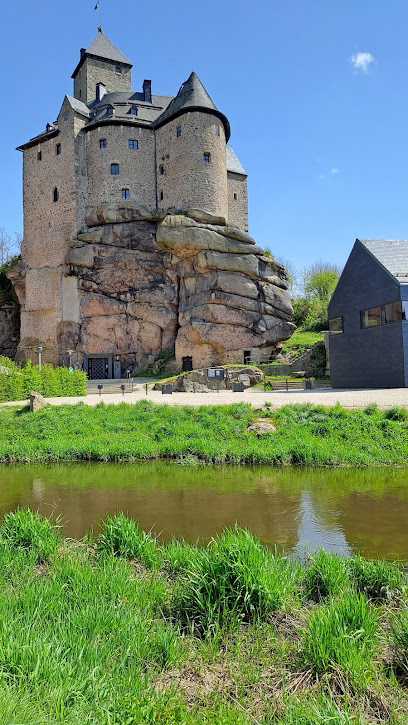
Steinwald
26.3 km
Discover the stunning Steinwald Mountain Range near Waldershof, Germany – a paradise for hikers and nature lovers alike!
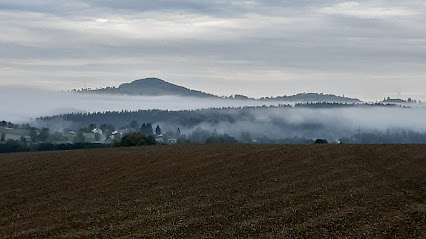
Holzdrache
27.7 km
Explore the magical world of Holzdrache, where whimsical dragon sculptures and natural beauty come together in Mitterteich's enchanting landscape.
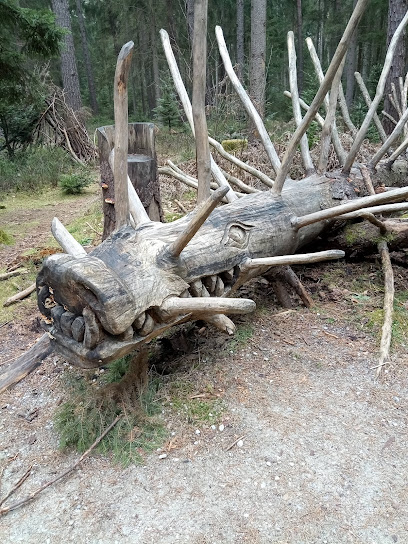
Leuzenhofer Wald
28.8 km
Explore the serene landscapes of Leuzenhofer Wald in Grafenwöhr, a perfect escape for nature enthusiasts and those seeking tranquility in Germany's beautiful woods.

Nabburger Tor
33.8 km
Explore Nabburger Tor, a captivating historical landmark in Amberg, Germany, and discover the rich heritage of this charming medieval city.
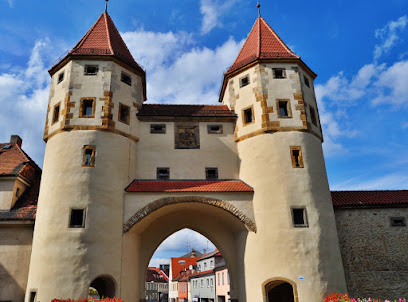
Kaiserfelsen
38.6 km
Explore the majestic Kaiserfelsen within the Luisenburg Rock Labyrinth, a natural wonder offering stunning views and a journey through geological history in the heart of Bavaria.
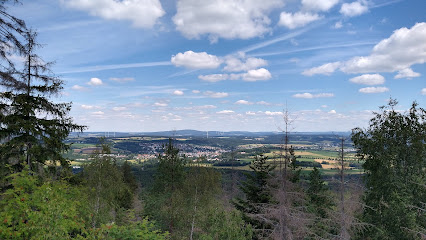
Fichtelgebirge Museum
41.9 km
Explore the Fichtelgebirge's rich history and culture at this regional museum in Wunsiedel, featuring exhibits from geology to folk art and active craft workshops.
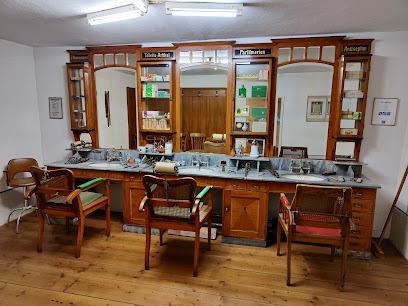
Český les Protected Landscape Area
42.0 km
Discover the unmatched beauty of Česky Les Protected Landscape Area, a serene national forest perfect for outdoor adventures and wildlife encounters.
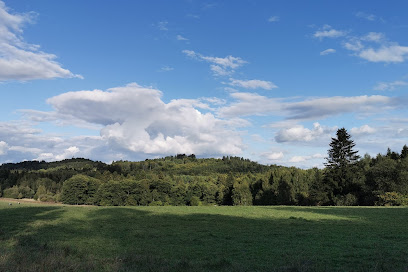
Naturwaldreservat Fichtelseemoor
43.6 km
Explore the ancient Fichtelseemoor Natural Forest Reserve in Bavaria, a unique high moor landscape with rare bog pine forests and diverse wildlife, perfect for nature enthusiasts.
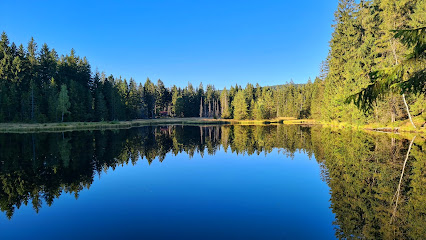
Naturpark Fränkische Schweiz - Veldensteiner Forst
47.4 km
Discover the enchanting Naturpark Fränkische Schweiz - Veldensteiner Forst: Hike through dramatic landscapes, explore historic castles, and immerse yourself in Franconian culture.
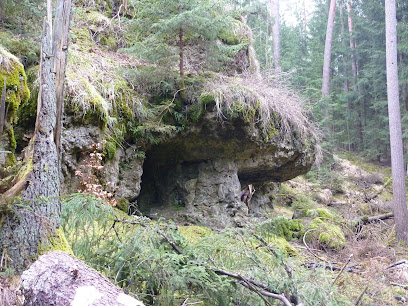
Labyrinth am Gottvaterberg
50.4 km
Explore the enchanting Labyrinth am Gottvaterberg in Plech, where adventure meets tranquility in a captivating maze of nature and history.

Unmissable attractions to see
Max-Reger-Anlage
0.2 km
Explore Max-Reger-Anlage, a serene state park in Weiden in der Oberpfalz, perfect for nature lovers and outdoor enthusiasts of all ages.
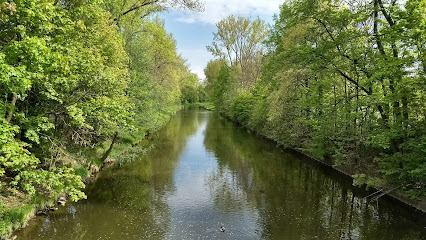
Altes Rathaus
0.2 km
Discover Weiden's historic heart at the Altes Rathaus: Admire Renaissance architecture, enjoy the Glockenspiel, and explore the charming shops and the Tourist Information center.
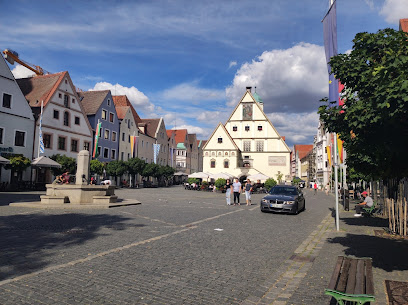
Naturpark Nördlicher Oberpfälzer Wald e.V.
6.0 km
Explore the breathtaking Naturpark Nördlicher Oberpfälzer Wald, a natural wonderland filled with hiking trails, diverse wildlife, and stunning landscapes.
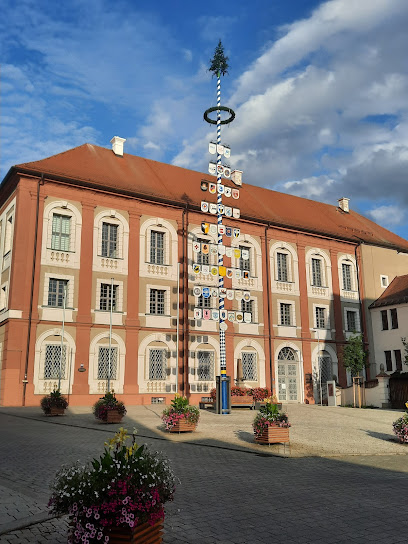
Geopark Bayern-Böhmen e.V.
9.2 km
Explore 500 million years of Earth's history in the Geopark Bayern-Bohemia, a cross-border geological wonderland with volcanoes, granite formations, and rich cultural heritage.
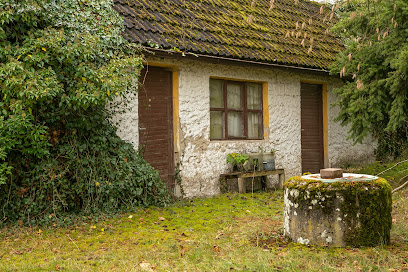
Burg Parkstein
9.2 km
Explore Burg Parkstein, a geological wonder crowned with a historic chapel, offering panoramic views and a glimpse into Bavaria's volcanic past and medieval heritage.
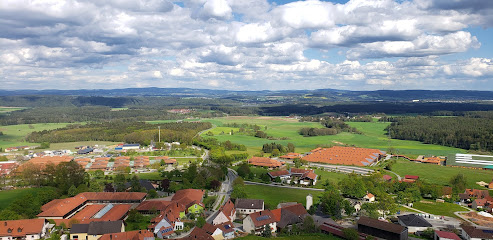
Vulkanerlebnis Parkstein - Marktgemeinde Parkstein
9.4 km
Explore the volcanic history and breathtaking views at Vulkanerlebnis Parkstein, a must-visit tourist attraction and museum in Parkstein, Germany.
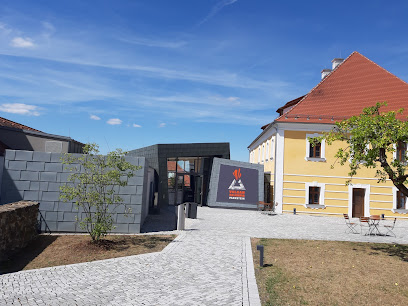
Lerautal bei Leuchtenberg
10.4 km
Explore the serene beauty of Lerautal bei Leuchtenberg, a nature preserve perfect for hiking, wildlife watching, and relaxing in the heart of Bavaria.

Burgruine Leuchtenberg
10.9 km
Discover the enchanting Burgruine Leuchtenberg, a historical gem nestled in the Obenoberpfalzer hills, perfect for hiking and exploration.
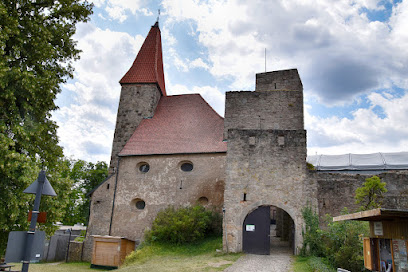
Tourismusgemeinschaft Naturparkland Oberpfälzer Wald
14.2 km
Discover the enchanting beauty of Naturparkland Oberpfälzer Wald, a haven for nature lovers and adventure seekers in Bavaria.
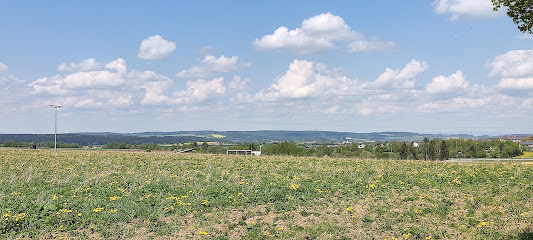
Schloss Friedrichsburg
14.2 km
Experience the rich history and stunning architecture of Schloss Friedrichsburg, a captivating castle in Vohenstrauß, Germany, perfect for culture seekers and history buffs.
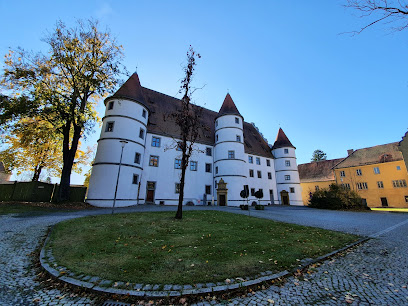
Burgruine Flossenbürg
14.5 km
Discover the enchanting Burgruine Flossenbürg, a historical landmark that offers breathtaking views and a glimpse into Germany's medieval past.
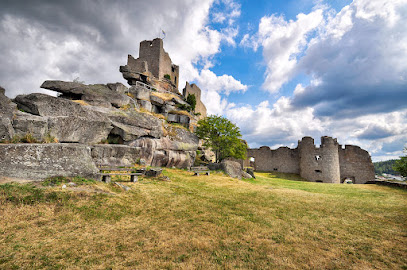
Schloss Wildenreuther
15.1 km
Discover the enchanting Schloss Wildenreuth, a historical castle in Erbendorf, where rich heritage meets stunning architecture amidst beautiful landscapes.
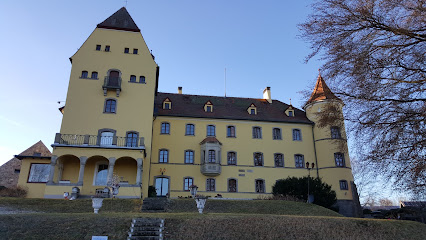
Flossenbürg Concentration Camp Memorial
15.1 km
Reflect on the past at the Flossenbürg Concentration Camp Memorial in Bavaria, a poignant site honoring victims and promoting education about the Holocaust and its lasting impact.
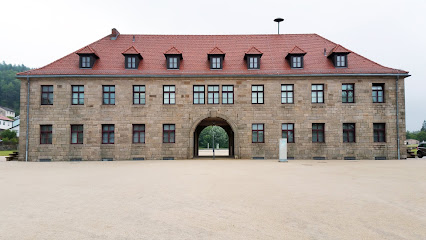
Geo Center at the KTBas
15.9 km
Explore Germany's deepest borehole and discover the Earth's secrets at this unique science museum, featuring interactive exhibits and a towering drilling rig.
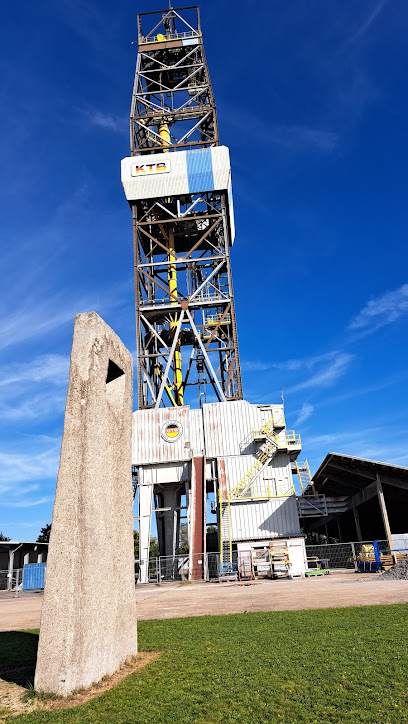
Mittelpunkt Mitteleuropas
16.7 km
Discover the heart of Europe at Mittelpunkt Mitteleuropas in Flossenbürg, a unique landmark that blends history, culture, and breathtaking views.
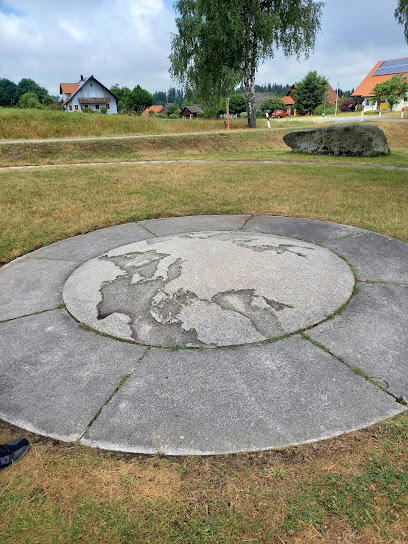
Essential places to dine
Restaurant Zoe
0.0 km
Discover authentic Italian cuisine at Restaurant Zoe – where every meal is a delightful journey through Mediterranean flavors.
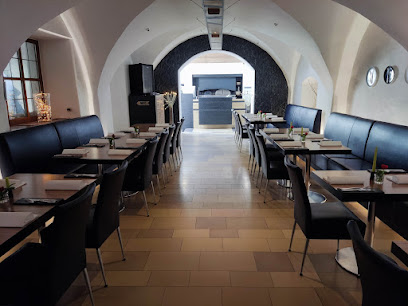
Steaklounge Weiden
0.1 km
Discover Steaklounge Weiden: The ultimate destination for steak enthusiasts seeking high-quality American cuisine in a cozy setting.
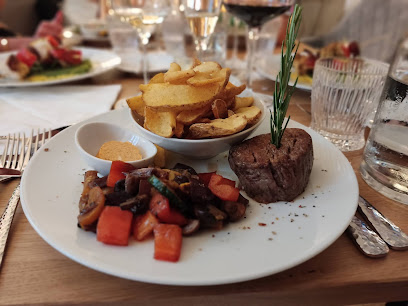
BräuWirt - Brauereigaststätte
0.2 km
Discover BräuWirt: A Bavarian gem offering hearty cuisine and locally brewed beers in Weiden in der Oberpfalz.

Restaurant Ratskeller
0.2 km
Savor authentic German cuisine in the heart of Weiden at Restaurant Ratskeller – where tradition meets taste.
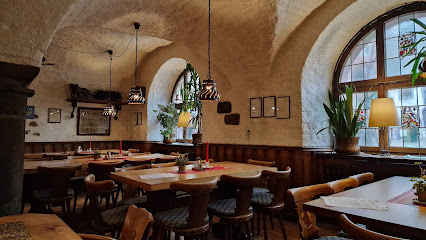
Restaurant Das Louis
0.3 km
Discover authentic German flavors at Restaurant Das Louis in Weiden - where tradition meets modern dining.
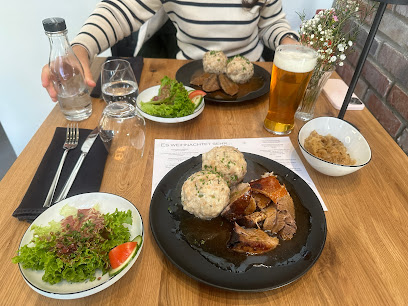
Restaurant Die kleine Rosteria
0.3 km
Discover exquisite steaks and American cuisine at Restaurant Die kleine Rosteria in Weiden, Germany - a must-visit culinary destination.
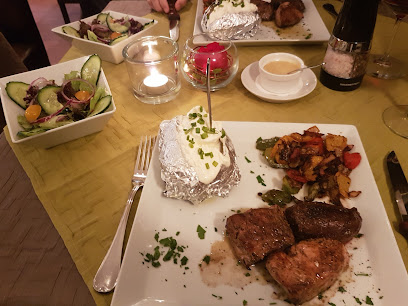
Masala House
0.6 km
Discover authentic North Indian cuisine at Masala House in Weiden – where every dish tells a flavorful story.

Gaststätte Postkeller
1.4 km
Experience the heart of German cuisine at Gaststätte Postkeller in Weiden, where tradition meets taste in every delicious dish.
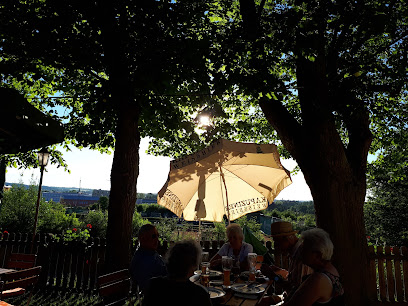
Gaststätte Beim Durber
2.6 km
Discover the heart of German cuisine at Gaststätte Beim Durber in Weiden – where tradition meets flavor in a warm and welcoming atmosphere.
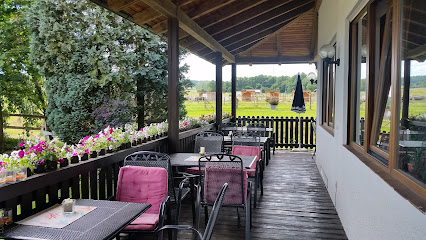
Gaststätte Hubertus
3.6 km
Experience authentic German cuisine at Gaststätte Hubertus – where tradition meets taste in Weiden in der Oberpfalz.
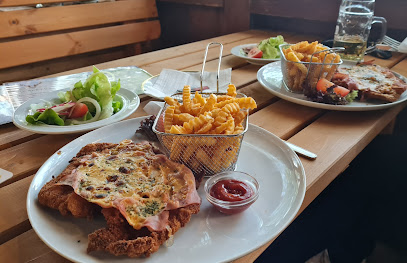
Restaurant Zum Alten Schuster
3.6 km
Experience authentic German cuisine at Restaurant Zum Alten Schuster in Weiden in der Oberpfalz – where tradition meets flavor.
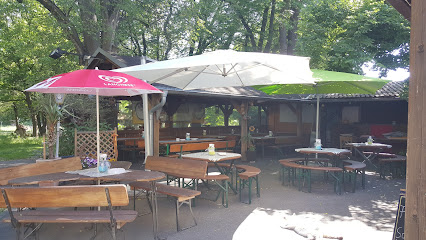
Restaurant Zahner
3.7 km
Experience authentic Bavarian flavors at Restaurant Zahner – where tradition meets taste in every dish.
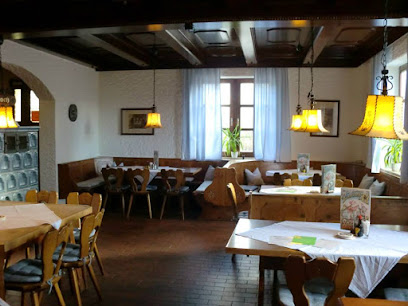
Genussschmiede Pirk
4.7 km
Discover authentic German cuisine at Genussschmiede Pirk, where every dish tells a story through local ingredients and culinary craftsmanship.
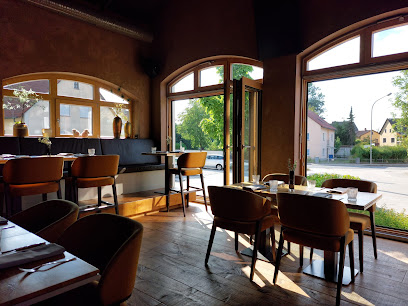
Restaurant Gasthaus Lehner
5.5 km
Savor authentic German cuisine at Restaurant Gasthaus Lehner in Weiden - a must-visit for culinary enthusiasts exploring Bavaria.
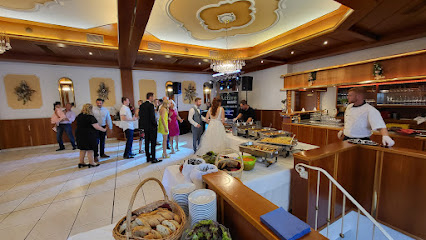
Brucksaler Zoiglstubn & Eventstodl
5.7 km
Experience authentic Oberpfälzer cuisine at Brucksaler Zoiglstubn & Eventstodl – a cozy gastropub in Neustadt an der Waldnaab.
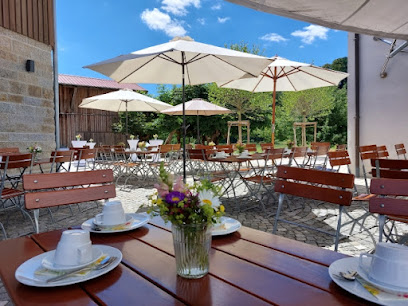
Markets, malls and hidden boutiques
Lebensfreuden UG Sieglinde Scharnagl
0.3 km
Explore Lebensfreuden UG in Weiden for unique gifts and memorable souvenirs that capture the spirit of Oberpfalz.
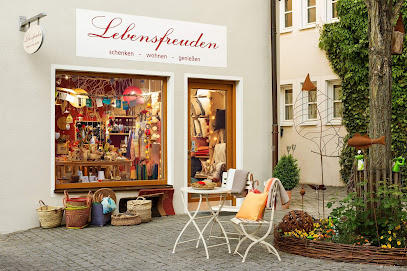
Delicado Wine Shop & Delicatessen
0.3 km
Discover gourmet delights at Delicado Wine Shop & Delicatessen, where artisanal cheeses, fine wines, and exquisite treats await in Weiden.
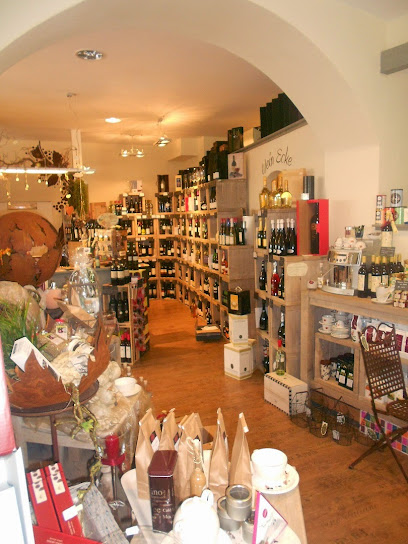
Roglers Impressionen Weiden
0.4 km
Explore Roglers Impressionen Weiden – a gift shop filled with unique Bavarian treasures and handcrafted memories, perfect for every traveler.

NOC
0.5 km
Explore NOC Shopping Mall in Weiden for a unique shopping experience filled with diverse stores and dining options, perfect for all travelers.
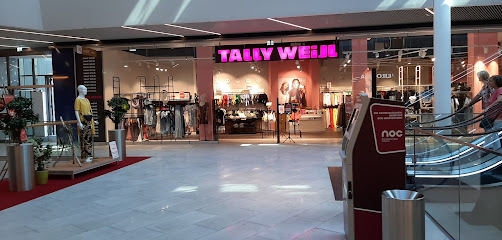
City Center Weiden
0.7 km
Explore the vibrant City Center Weiden, a shopping paradise filled with diverse stores, delightful dining, and dynamic events in the heart of Weiden in der Oberpfalz.
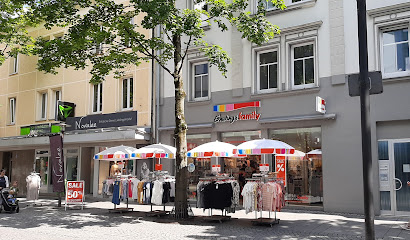
E center Legat
2.2 km
Explore E center Legat in Weiden, your go-to supermarket for fresh produce, local specialties, and daily essentials during your travels.

minimaro - luxury furniture handles
8.7 km
Discover elegant luxury furniture handles at Minimaro in Weiherhammer, where craftsmanship meets exquisite design for your home decor.
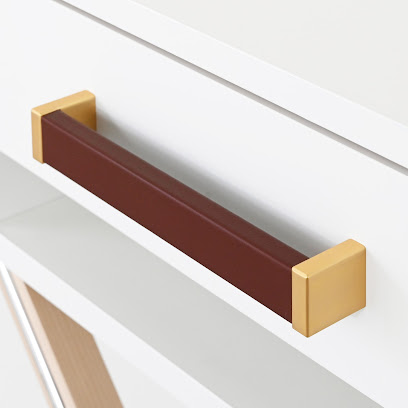
Autohof Neuhaus, Fa. Bergler
14.3 km
Discover Autohof Neuhaus, the perfect truck stop in Windischeschenbach with café, playground, car wash, and electric vehicle charging station.
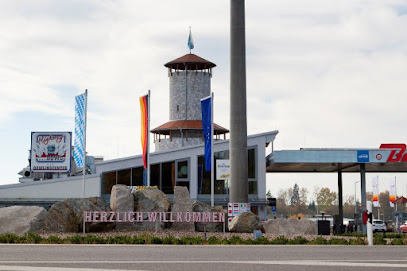
NKD
15.1 km
Discover stylish and affordable clothing for the whole family at NKD in Wernberg-Köblitz, a must-visit destination for fashion-savvy travelers.

Ehenbachtaler Spezialitäten
17.5 km
Discover the rich flavors of Germany at Ehenbachtaler Spezialitäten, a charming spice store in Schnaittenbach offering high-quality ingredients and local delicacies.

Princess-Dreams
19.5 km
Explore Princess-Dreams in Hirschau for exquisite baby clothing and accessories that combine style, comfort, and quality for your little ones.

LandRaumLiebe
21.2 km
Explore LandRaumLiebe, a unique gift shop in Pfreimd, Germany, offering handmade treasures and local souvenirs to cherish your travel memories.

HAPPYmacherei
21.2 km
Explore HAPPYmacherei for unique handmade gifts and local crafts that embody the charm of Pfreimd, Germany.
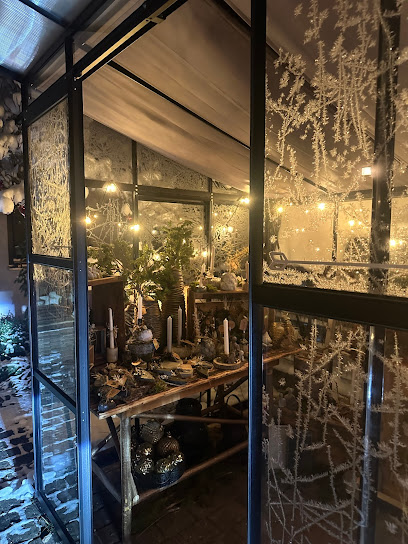
Boutique Dobmeyer
21.5 km
Explore Boutique Dobmeyer in Hirschau for unique clothing and personalized service that captures the essence of modern fashion.
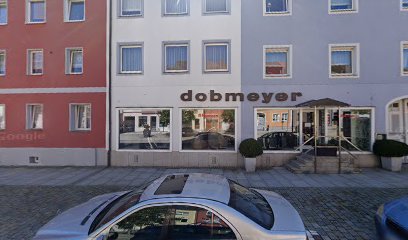
Tourismuszentrum Oberpfälzer Wald, Landkreis Schwandorf
24.6 km
Explore the natural beauty and cultural richness of Oberpfälzer Wald at the Tourist Information Center in Landkreis Schwandorf.
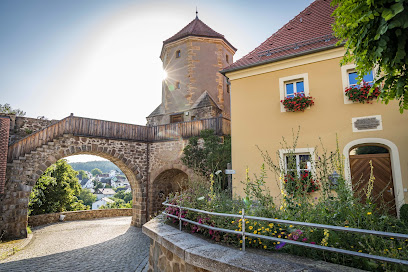
Essential bars & hidden hideouts
Bar Il Barretto
0.1 km
Discover the charm of Bar Il Barretto in Weiden – a perfect blend of bar and café with exquisite wines and a cozy atmosphere.
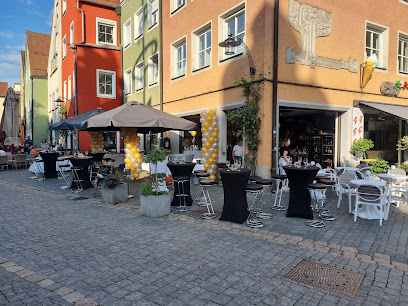
Barolo Coffee & Wine
0.1 km
Discover Barolo Coffee & Wine: A perfect blend of exquisite wines and aromatic coffees in Weiden in der Oberpfalz, ideal for relaxing moments.
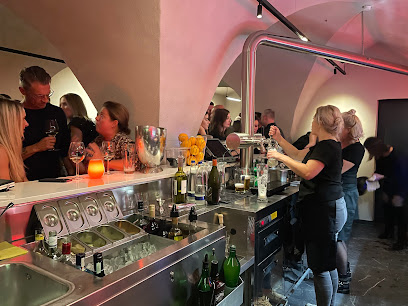
Mama's Streetfood Bar
0.1 km
Experience authentic street food in Weiden at Mama's Streetfood Bar, where flavor meets friendly service in a vibrant atmosphere.
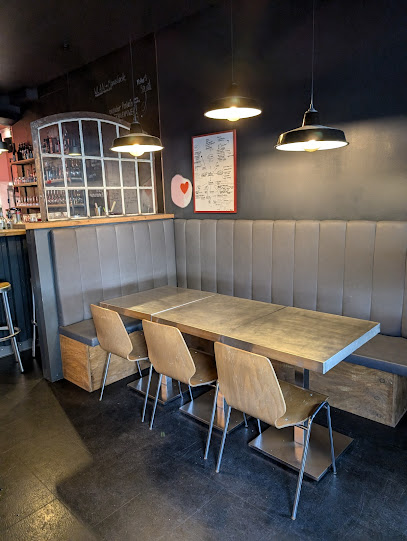
Kir Royal
0.1 km
Discover Kir Royal, the vibrant bar and pub in Weiden offering a cozy atmosphere, delightful drinks, and local charm for a perfect night out.
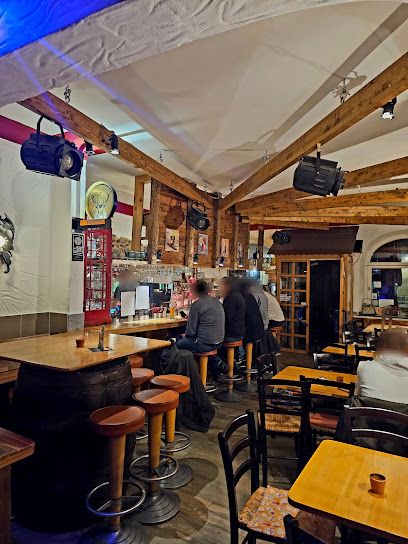
Neues Linda
0.1 km
Discover the vibrant atmosphere of Neues Linda, a charming bar in Weiden perfect for unwinding with a drink and mingling with locals.
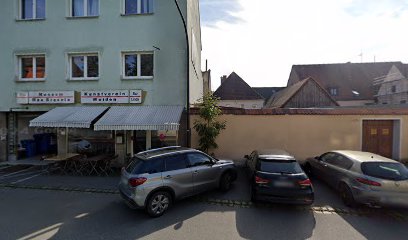
BarCode
0.2 km
Discover the vibrant nightlife at BarCode, Weiden's premier cocktail bar offering innovative drinks and a chic atmosphere for a perfect night out.
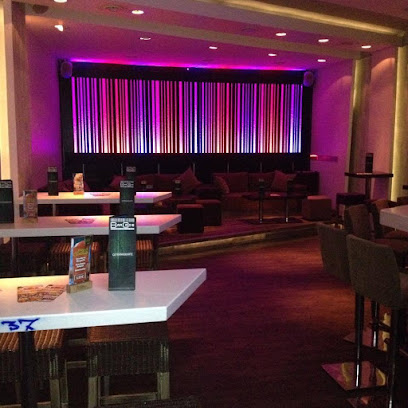
Theatro
0.3 km
Experience vibrant nightlife at Theatro, Weiden's favorite bar, offering a perfect blend of drinks, atmosphere, and entertainment.
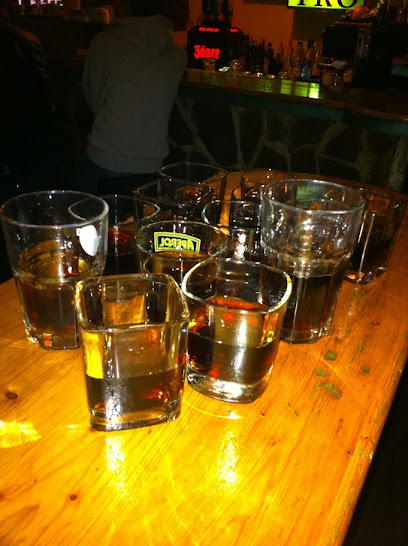
Irish Pub Toucan
0.3 km
Immerse yourself in Irish culture at the lively Irish Pub Toucan in Weiden in der Oberpfalz, where good food and great company await.
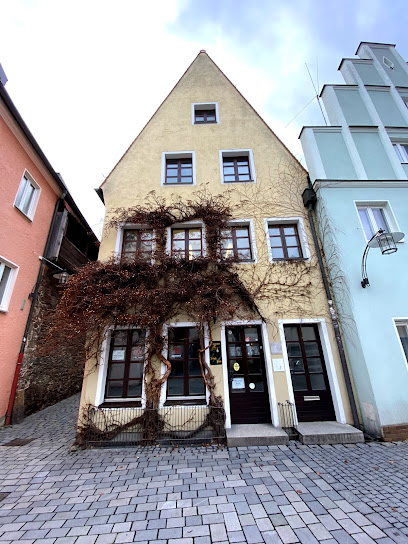
Milchbar - Stephan & Christian Argauer
0.3 km
Discover Milchbar in Weiden, where delightful food, fine wines, and live music create the perfect atmosphere for relaxation and socializing.
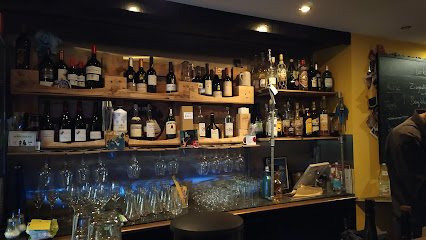
Musikbar ABSOLUT
0.3 km
Discover the vibrant nightlife of Weiden at Musikbar ABSOLUT – where great music and a lively atmosphere await every visitor.
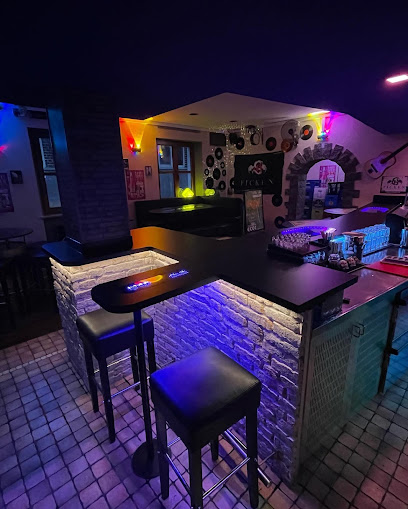
Prince Bar - Lounge - Café
0.4 km
Discover the vibrant atmosphere of Prince Bar - Lounge - Café in Weiden, where relaxation meets an enticing hookah experience.
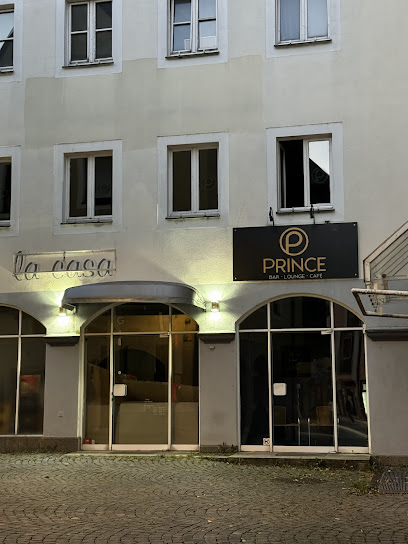
Zum Thomas
0.6 km
Discover the cozy charm of Zum Thomas, a local bar in Weiden in der Oberpfalz offering great drinks and a friendly atmosphere.

Pilspub Baily's
0.8 km
Experience the vibrant dart culture at Pilspub Baily's in Weiden, a lively bar offering a friendly atmosphere and affordable drinks.
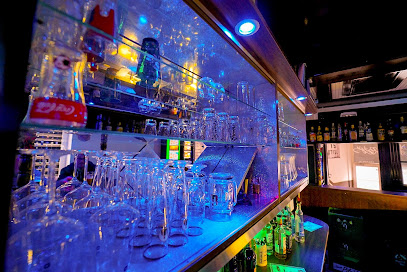
Renates Pilsstube
0.9 km
Discover Renates Pilsstube, a cozy bar in Weiden in der Oberpfalz, known for its vast beer selection and vibrant local atmosphere.
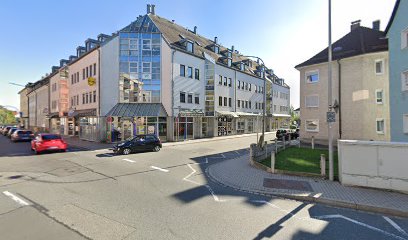
Pilspub Arena
1.0 km
Discover the lively ambiance of Pilspub Arena, where local brews and friendly faces create a memorable experience in Weiden in der Oberpfalz.
